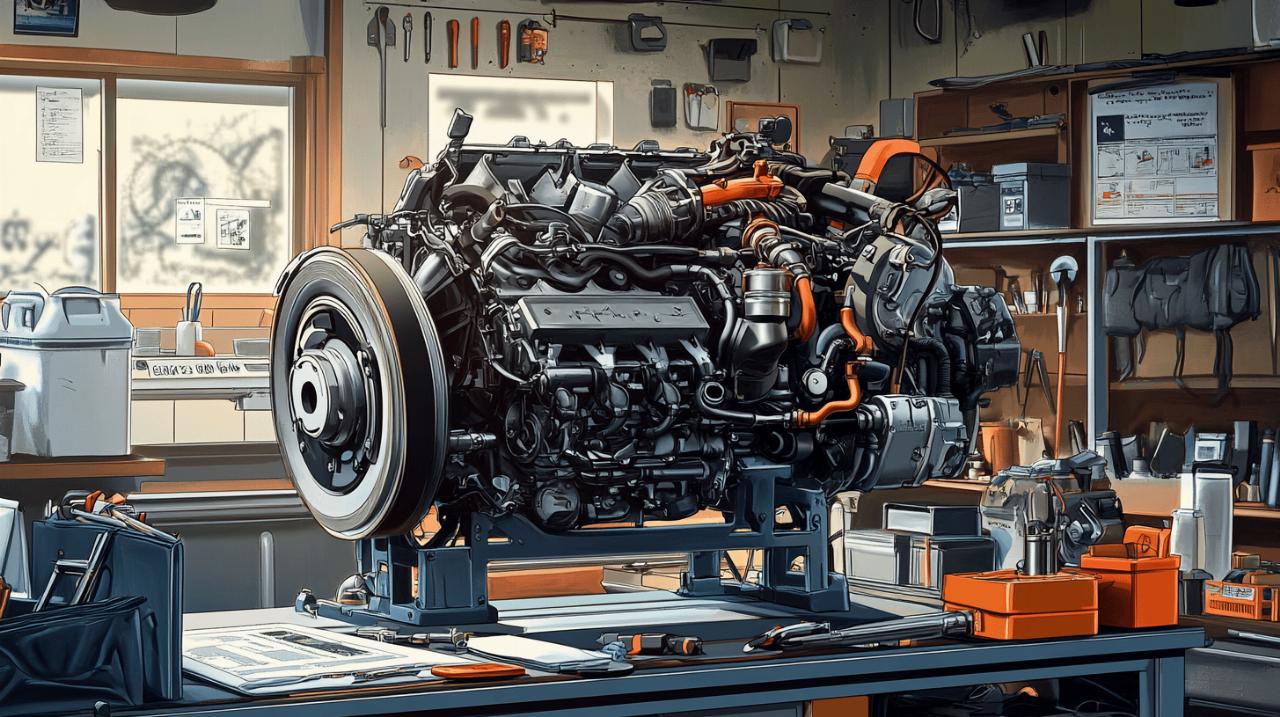Maintaining your Peugeot 307 properly is essential for extending its lifespan and ensuring optimal performance, especially when it comes to the turbocharger system. This guide aims to provide you with practical knowledge about turbocharger care specifically tailored for 307 owners. Whether you’re driving a diesel or petrol model, these maintenance tips will help prevent costly repairs and maintain your vehicle’s efficiency on the road.
Understanding your Peugeot 307 turbocharger
The Peugeot 307, which proudly claimed the European Car of the Year award in 2002, offers various engine options including turbocharged variants. Before diving into maintenance specifics, it’s worth noting that for comprehensive technical information about European vehicles including your 307, https://www.auto-h-aus-europa.de/ provides valuable resources for owners seeking detailed specifications. Understanding how your turbocharger works is the first step toward proper maintenance.
Basic turbocharger function and components
The turbocharger in your Peugeot 307 serves a crucial purpose: it increases engine power by forcing more air into the combustion chamber. This system consists of two main parts—a turbine and a compressor—connected by a shaft. Exhaust gases spin the turbine, which drives the compressor to push additional air into the engine. This process allows smaller engines to produce more power while maintaining fuel efficiency, a key feature in both the 1.4-litre to 2.0-litre petrol and HDi diesel engines available in the 307 range.
The turbocharger relies on several supporting components to function properly, including the intercooler which cools compressed air before it enters the engine, and various hoses and pipes that must remain intact to maintain proper boost pressure. When these components work harmoniously, your 307 delivers the performance characteristics that made it a popular choice across its various body styles, from the nimble three-door hatchback to the spacious five-door estate.
Signs of Turbocharger Issues in Your 307
Recognizing early warning signs of turbocharger problems can save you from extensive damage and costly repairs. If your Peugeot 307 experiences a noticeable loss of power, particularly during acceleration, this could indicate turbocharger issues. Unusual noises such as whistling or whining sounds coming from the engine area might suggest problems with the turbo bearings or shaft. Excessive exhaust smoke is another telltale sign—blue smoke typically indicates oil leaking into the exhaust system through damaged turbo seals, while black smoke might point to fuel mixture problems related to turbocharger malfunction.
Dashboard warning lights can also alert you to potential turbo problems. While the 307’s warning system uses red lights for severe issues requiring immediate attention and yellow lights for less urgent concerns, any engine-related warning should be investigated promptly. Poor fuel economy without other apparent causes might also suggest your turbocharger isn’t operating efficiently, forcing the engine to work harder and consume more fuel.
Regular maintenance practices
Adhering to proper maintenance schedules is vital for turbocharger longevity. For Peugeot 307 petrol models, a full service is recommended every 20,000 miles or 2 years, with interim services every 10,000 miles. Diesel variants require more frequent attention, with full services every 12,000 miles or 2 years and interim services every 6,000 miles. These intervals are particularly important for turbocharged engines, which operate under higher temperatures and pressures than naturally aspirated units.

Oil quality and change intervals
Oil is the lifeblood of your turbocharger, providing both lubrication and cooling. Most 307 models require 5W-30 or 5W-40 engine oil, with total capacity varying between 3.25 and 5 litres depending on the specific engine variant. For turbocharged models, using high-quality oil that meets manufacturer specifications is non-negotiable. Lower quality oils can break down under the extreme heat generated by the turbocharger, leading to carbon deposits and bearing damage.
While the service manual suggests checking oil levels every 2,000 to 3,000 miles, owners of turbocharged 307s would be wise to check more frequently, perhaps every 1,000 miles, especially if the vehicle is used for short journeys or stop-start driving which puts additional strain on the turbo system. After high-speed driving or before extended periods of vehicle storage, allow your engine to idle for a minute or two before switching off. This simple practice allows oil to continue circulating through the hot turbocharger, preventing oil coking—a common cause of premature turbo failure.
Cooling system care for turbo longevity
The cooling system plays a vital role in turbocharger health, as turbos generate significant heat during operation. Ensuring your 307’s cooling system functions optimally will directly impact turbo lifespan. Regularly check coolant levels and condition, following the correct coolant specification for your model. Flush and replace the coolant according to Peugeot guidelines to prevent corrosion and scale build-up in the system.
Inspect all cooling system hoses and connections for signs of wear, hardening, or leaks. Pay particular attention to the intercooler and its associated pipework, as these components are specific to turbocharged engines. Damaged intercooler hoses can lead to boost pressure leaks, reducing performance and potentially causing the engine to run lean, which increases operating temperatures. The intercooler itself should be kept clear of debris and insects that can block airflow and reduce cooling efficiency. This attention to the cooling system is especially important for the more powerful variants in the 307 range, where higher performance creates additional heat management challenges.